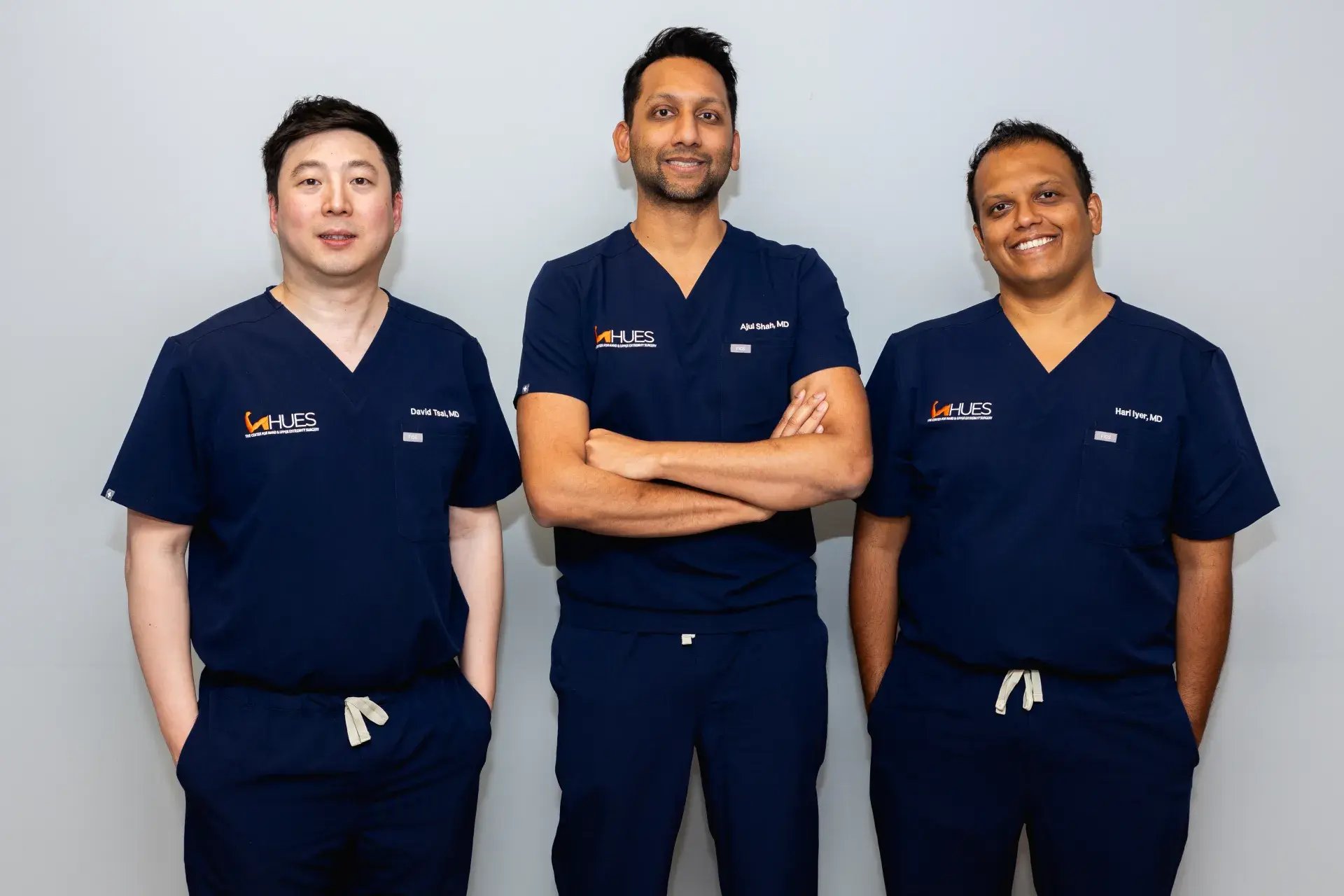Brachial plexus injuries affect the network of nerves that send signals from the spinal cord to the shoulder, arm and hand. Symptoms include paralysis and loss of feeling in the affected arm and hand. These debilitating injuries are estimated to occur in up to 5% of adults who experience severe trauma like motor vehicle accidents. Many people recover well from minor brachial plexus injuries, recovering 90 - 100% of their normal limb function. However, in severe cases, the nerves may not heal properly without treatment, resulting in permanent damage. This can lead to:
- Loss of movement
- Loss of sensation
- Chronic pain
- Increased risk of secondary injuries



